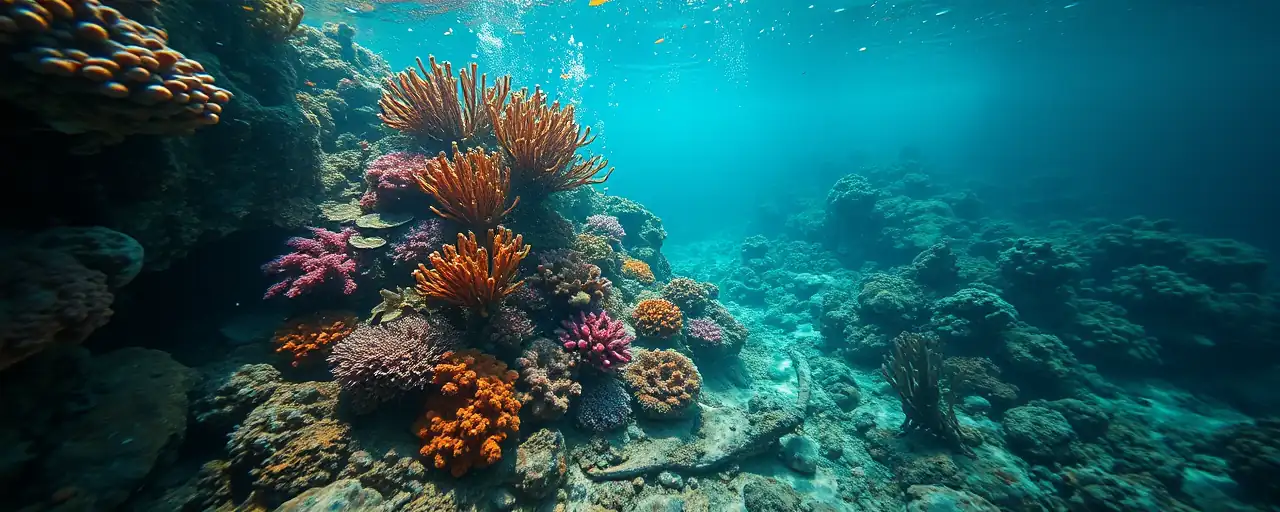A New Cast for American Seafood
President Donald Trump has set his sights on reviving the U.S. fishing industry, signing an executive order on April 17, 2025, to bolster domestic seafood production. The move aims to cut regulations, tackle unfair foreign competition, and expand market access for American fishermen. It’s a bold step to address a sector struggling with a staggering $20 billion trade deficit, where nearly 90% of seafood consumed in the U.S. comes from abroad.
The order builds on Trump’s earlier efforts, including a 2020 directive to ease regulatory burdens and recent tariffs to shield domestic shrimpers. Supporters see it as a lifeline for coastal communities, while others warn of potential environmental costs. The policy’s success hinges on balancing economic gains with the need to protect fragile marine ecosystems.
The Net of Regulation
The U.S. fishing industry faces a tangle of rules, from catch limits to permitting processes, which many fishermen argue choke their productivity. Studies estimate regulatory costs for aquaculture and shellfish producers run into tens of millions annually, with lost revenue and missed opportunities costing over $1.4 billion and 8,000 jobs each year. The new order directs the Commerce Department to review and potentially scrap burdensome regulations, aiming to free up resources for growth.
Yet, slashing rules isn’t a simple fix. Recent regulatory freezes have caused confusion, delaying fishing seasons and, in cases like Atlantic bluefin tuna, leading to overfishing. Effective management requires precision, ensuring regulations protect fish stocks while allowing fishermen to thrive. The National Marine Fisheries Service is tasked with modernizing data collection and expanding fishing permits to adapt to real-time ocean conditions.
Global Tides: Trade and Competition
Unfair foreign practices, like illegal fishing and forced labor in supply chains, undermine U.S. fishermen. The order calls for a seafood trade strategy to counter these issues, strengthening the Seafood Import Monitoring Program to better detect illegal imports. Since 2018, this program has tracked high-risk species, but its impact remains modest, with audits covering just 0.5% of imports. Plans to expand enforcement and traceability are underway, though challenges persist in a global market flooded with cheap seafood.
The U.S. Trade Representative’s 2025 strategy targets forced labor, particularly in seafood from countries with lax standards. Legislation like the Protecting Global Fisheries Act aims to curb illegal fishing, especially by major players like China. While these steps signal tougher scrutiny, high import volumes show the uphill battle American producers face.
Marine Monuments: Economic Gain or Ecological Pain?
A contentious part of the order involves reviewing marine national monuments, like the Northeast Canyons and Seamounts, for potential commercial fishing. These protected areas, established to safeguard biodiversity, have been a flashpoint. Research shows that less than 1% of historical fishing grounds lie within such monuments, and past reopenings had negligible economic impact on fleets targeting squid, mackerel, or tuna.
Opening these areas could risk habitat destruction and species entanglement, threatening conservation goals amid pressures from overfishing and climate change. The debate pits short-term economic hopes against the long-term value of preserving marine ecosystems, with stakeholders divided on the trade-offs.
Can the Strategy Deliver?
The America First Seafood Strategy, relaunched in 2025, seeks to reverse decades of decline in U.S. seafood production. Despite earlier efforts, the trade deficit persists, and Alaska’s seafood industry alone lost $1.8 billion from 2022 to 2023. Pilot initiatives focus on resilience for key species, but global competition, trade barriers, and climate impacts continue to squeeze profits. The strategy’s push for better technology and cooperative research aims to sharpen fishery management, yet measurable gains in market share remain elusive.
For coastal towns, the stakes are personal. Jobs, traditions, and food security hang in the balance. The path forward demands not just deregulation but smarter policies that align economic ambition with environmental reality, ensuring fish stocks and fishermen both endure.
